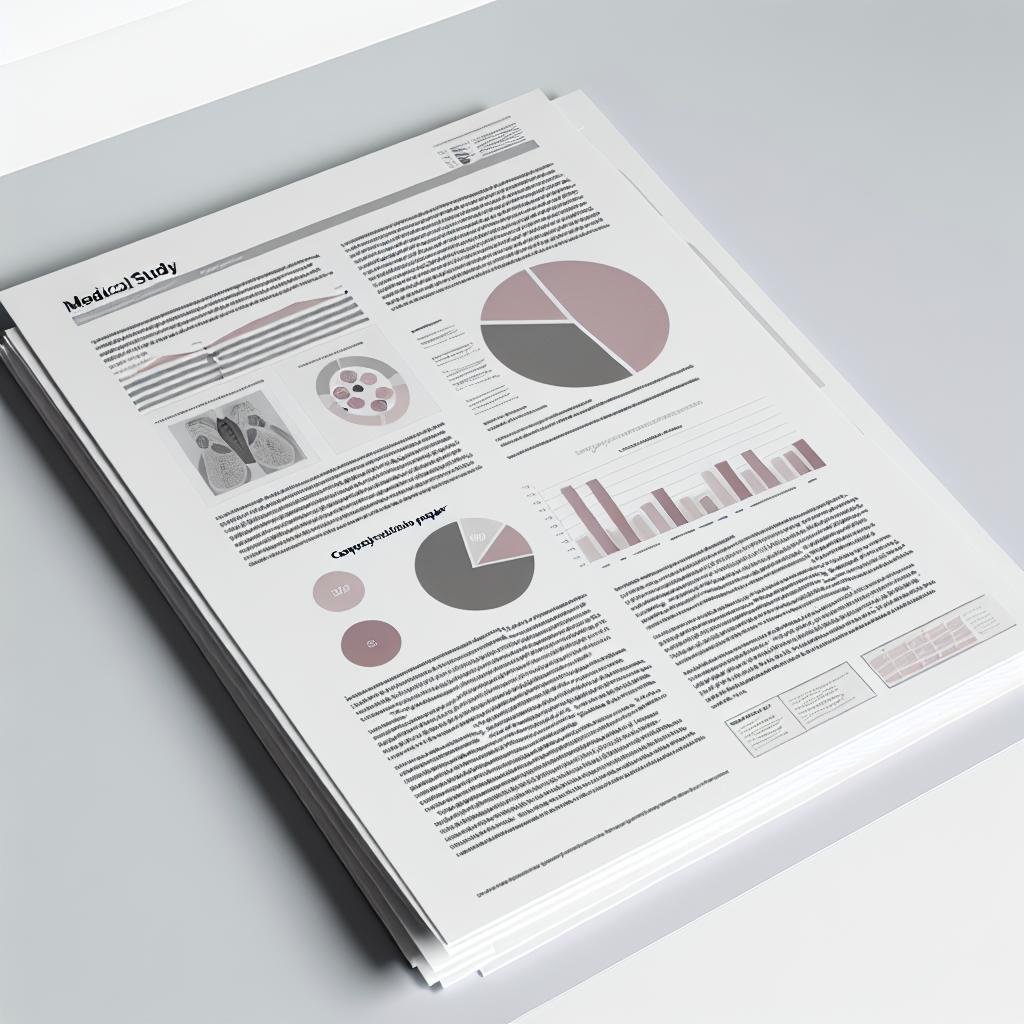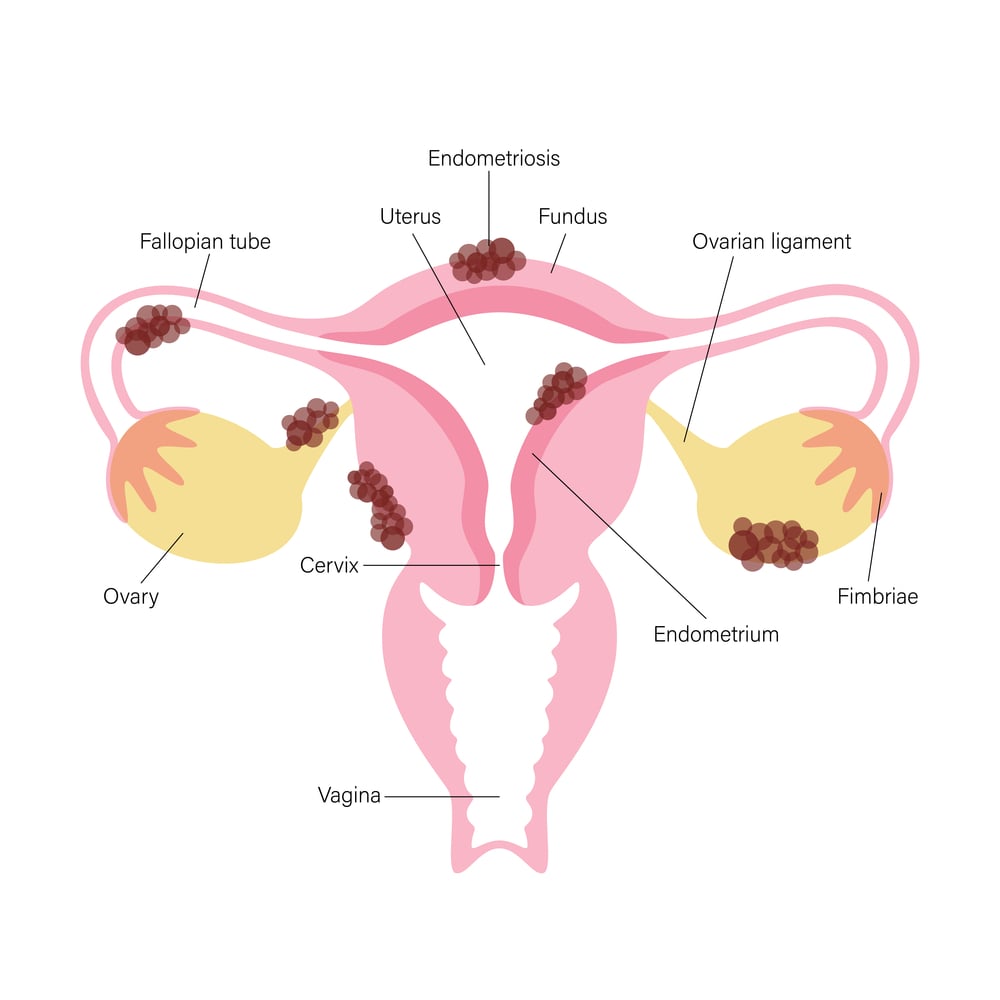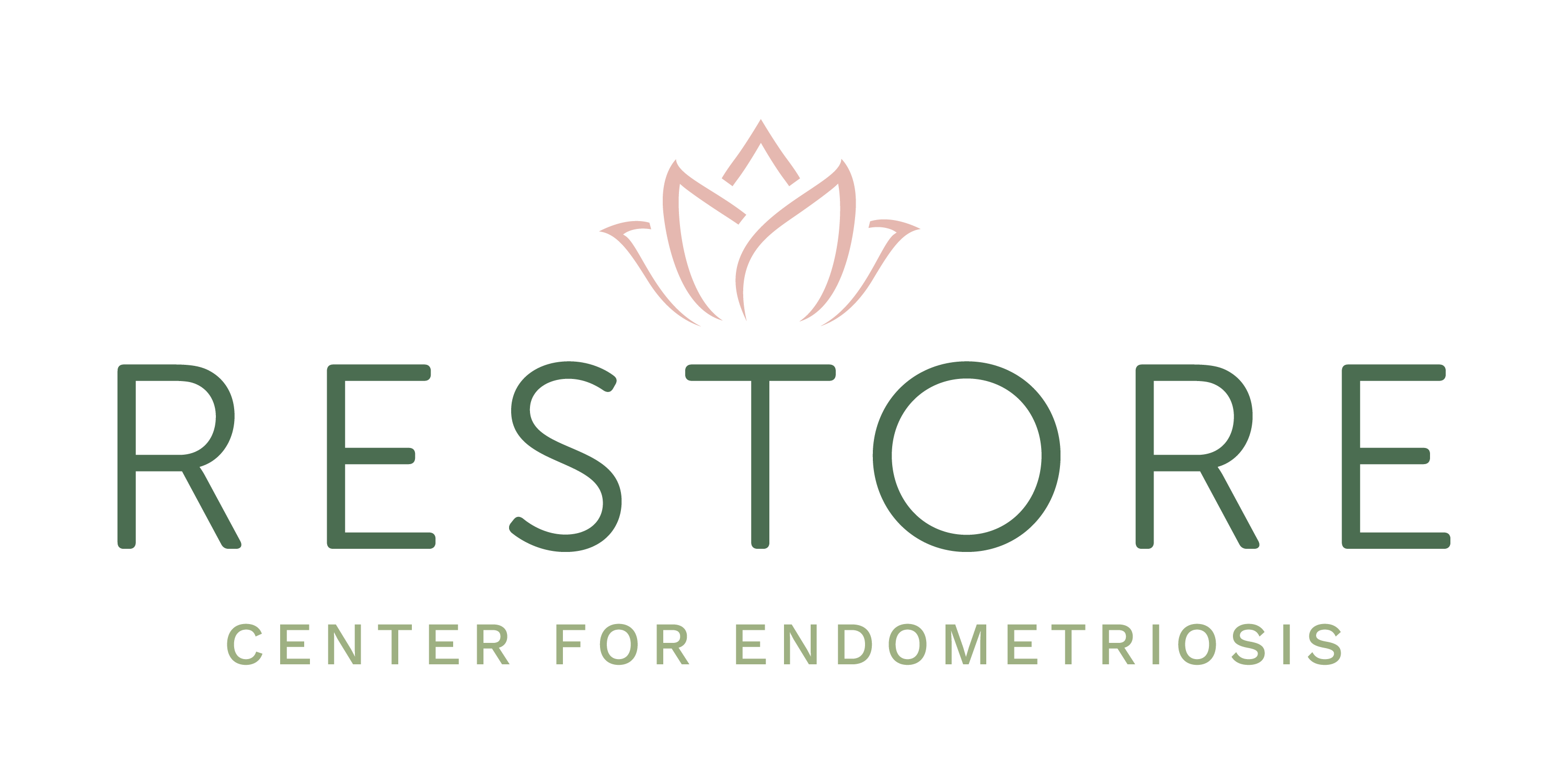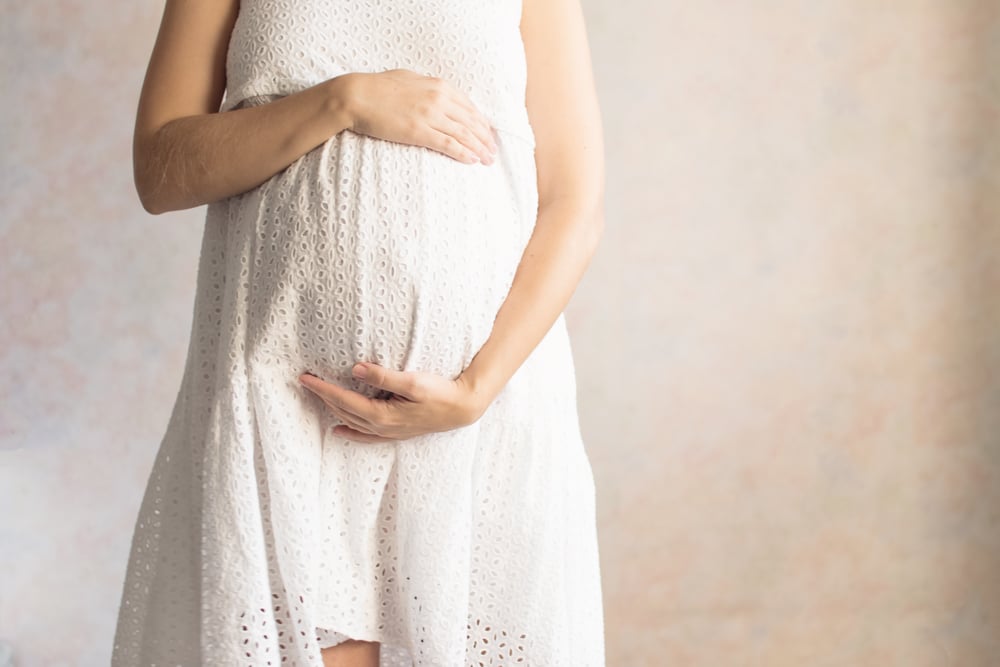3 min read
Optimal Excision: Endometriosis Treatment in Teens Without Prolonged Suppression
Restore Center For Endometriosis April 1, 2024

Understanding the Importance of Optimal Excision in Teenagers
Dr. Patrick Yeung's study on Complete Excision in Teenagers provides valuable insights into the importance of optimal excision. The study, which is the largest prospective study in teenagers, highlights the significance of removing all areas suspicious for endometriosis, including both subtle and typical endo. By performing optimal excision, the rate of endo recurrence or missed diagnosis can be reduced to very low levels, as demonstrated by the zero recurrence rate in this study.
The findings of this study suggest a paradigm shift in the approach to endometriosis treatment in teenagers. It presents the potential to eradicate the disease by addressing all areas of endo, not just the typical ones. This comprehensive excision technique may contribute to improved long-term outcomes and potentially enhance fertility in the future.
Furthermore, the study challenges the belief that long-term hormonal suppression is necessary post-op to prevent endo from growing or coming back. Dr. Yeung's research shows that two-thirds of the patients in the study did not require post-operative hormonal suppression. This challenges the conventional practice and opens up new possibilities for treatment without the need for prolonged suppression.
In conclusion, understanding the importance of optimal excision in teenagers is crucial for effective endometriosis treatment. By removing all suspicious areas and avoiding prolonged hormonal suppression, we can potentially eradicate the disease, improve fertility outcomes, and provide better long-term relief for teenage patients.
Debunking the Myth of Long-Term Hormonal Suppression Post-Op
Dr. Yeung's study debunks the myth that long-term hormonal suppression is necessary post-op for endometriosis treatment in teenagers. Traditionally, it has been believed that hormonal suppression is required to keep the endo away or prevent its growth. However, the study's findings challenge this notion.
The research demonstrates that with optimal excision of all suspicious areas, the rate of endo recurrence or missed diagnosis can be extremely low, even without long-term hormonal suppression. This suggests that hormonal suppression may not be a mandatory requirement for successful endometriosis treatment in teenagers.
By debunking the myth of long-term hormonal suppression post-op, Dr. Yeung's study opens up new possibilities for treatment approaches that focus on comprehensive excision without relying on hormonal suppression. This can lead to improved patient experiences, reduced side effects, and better long-term outcomes.
Implications for Fertility and Disease Eradication
One of the significant implications of Dr. Yeung's study is the potential impact on fertility outcomes. By performing optimal excision in teenagers, there is a possibility of preserving fertility and improving reproductive health in the long run.
Endometriosis is known to be associated with fertility issues, and early intervention during teenage years can potentially prevent or minimize the negative impact on fertility. The study's findings suggest that by eradicating the disease through optimal excision, the chances of improved fertility in the future may be enhanced.
Additionally, the study's results challenge the belief that long-term hormonal suppression is necessary for preventing endo recurrence and maintaining fertility. This offers a new perspective on treating endometriosis in teenagers and highlights the importance of individualized treatment plans that consider the specific needs and goals of each patient.
Overall, the implications of this study for fertility and disease eradication are promising, as they suggest the potential for better long-term reproductive health outcomes for teenage patients with endometriosis.
Exploring Alternative Sources of Pain Post-Op
Dr. Yeung's study emphasizes the importance of exploring alternative sources of pain post-op in teenage patients with endometriosis. It highlights the fact that the return of symptoms does not necessarily indicate the recurrence of endo.
While endometriosis can cause significant pain and discomfort, it's essential to consider other possible sources of pain that may be unrelated to endo. This includes conditions such as pelvic floor dysfunction or other gynecological issues that can coexist with endometriosis.
By exploring alternative sources of pain, healthcare providers can ensure comprehensive and effective pain management for teenage patients with endometriosis. This approach requires a multidisciplinary approach, considering both gynecological and non-gynecological factors that contribute to pain post-op.
In conclusion, understanding and addressing alternative sources of pain post-op is crucial for providing optimal care to teenage patients with endometriosis. By considering all possible factors contributing to pain, healthcare providers can provide personalized treatment plans that address the unique needs of each patient.
Interpreting the Study's Findings and Recommendations
Interpreting the findings of Dr. Yeung's study provides valuable insights into the optimal excision approach for endometriosis treatment in teenagers. The study's results challenge conventional practices and offer recommendations for improved patient care.
Firstly, the study highlights the importance of optimal excision, which involves removing all areas suspicious for endo, including both subtle and typical endo. By performing comprehensive excision, the rate of endo recurrence or missed diagnosis can be significantly reduced, as demonstrated by the zero recurrence rate in this study.
Secondly, the study challenges the belief that long-term hormonal suppression is necessary post-op. Two-thirds of the patients in the study did not require post-operative hormonal suppression, suggesting that it may not be a mandatory requirement for successful endometriosis treatment in teenagers.
Furthermore, the study implies that early intervention during teenage years may have implications for future fertility outcomes. By eradicating the disease through optimal excision, there is a potential to preserve fertility and improve long-term reproductive health.
Lastly, the study emphasizes the importance of exploring alternative sources of pain post-op, as the return of symptoms does not necessarily indicate the recurrence of endo. Healthcare providers should consider other possible sources of pain and provide comprehensive pain management for teenage patients with endometriosis.
In summary, interpreting the study's findings and recommendations highlights the significance of optimal excision, challenges the need for long-term hormonal suppression post-op, and emphasizes the importance of individualized treatment plans for teenage patients with endometriosis.
Related Posts

Can You Reverse Infertility Caused by Endo?



